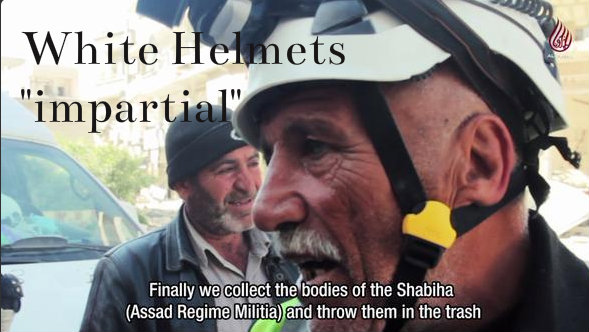Aug 30
20181
Human Rights Watch, Humanitarian Agencies, NED | National Endowment for Democracy, Whiteness & Aversive Racism
WATCH: What is Really Happening in Nicaragua?
August 21, 2018
An interview with Camilo Mejía.
“Camilo Mejía was born in Nicaragua, the son of famous musician Carlos Mejía Godoy. His mother was a staunch Sandinista activist but separated from the father soon after his birth. She brought Camilo to the United States as a single mother in 1994, four years after the Sandinista electoral defeat. Living in Florida, Camilo struggled to make ends meet and joined the U.S. Army to pay for college. Just a few months before completing his service, Camilo was ordered into the 2003 invasion of Iraq. After serving one tour of war duty, he refused to return and was imprisoned for nine months.” [Source; Rick Sterling, TeleSUR]
“… to put it in simple terms Nicaragua right now it’s being the subject of a form of aggression by the United States known as a soft cool other people know this modality of regime changes color revolution it’s pretty much the same thing. It’s an NGO led financed and orchestrated 100% by the United States as you know under the guise of pro-democracy protests to overthrow the democratically elected government of Daniel Ortega and Rosario Maria in order to turn Nicaragua into a cheap market for transnational companies to ransack…”


































































